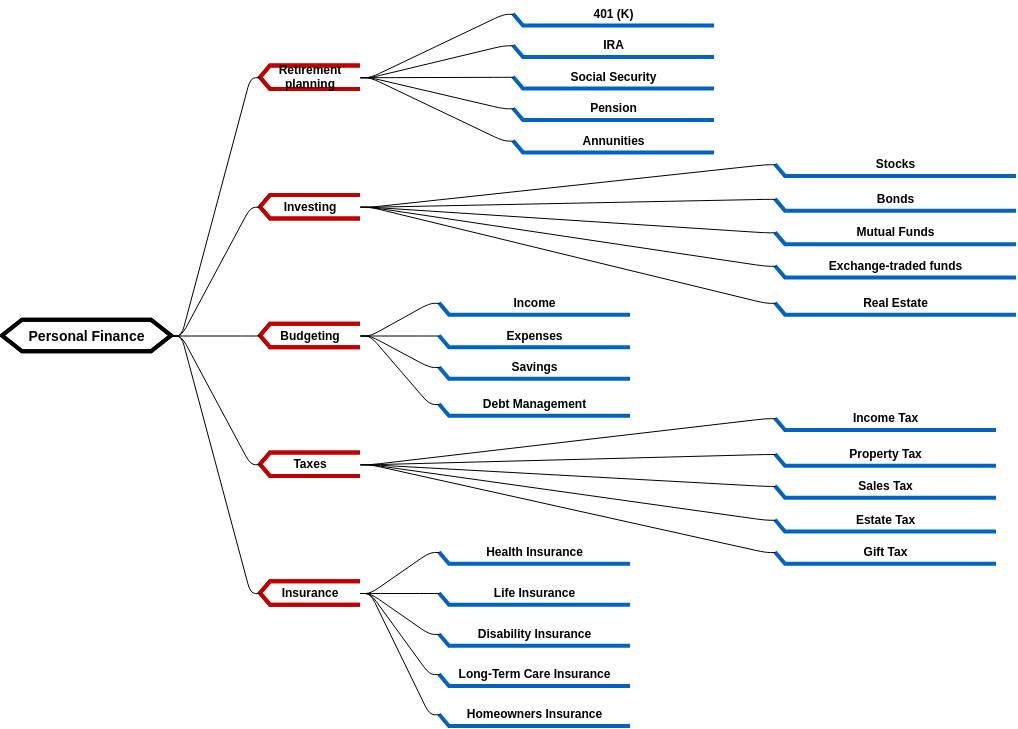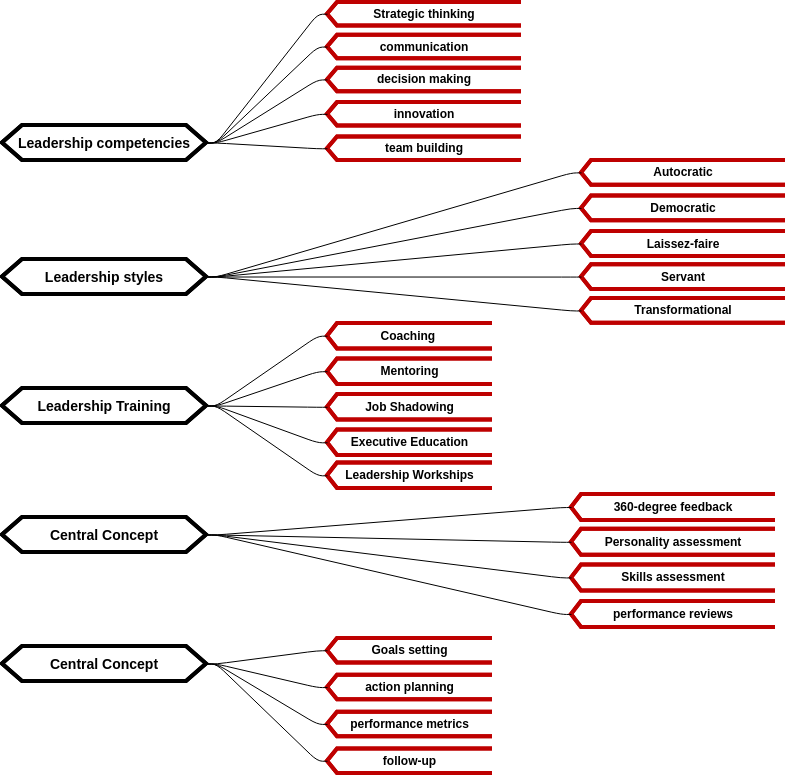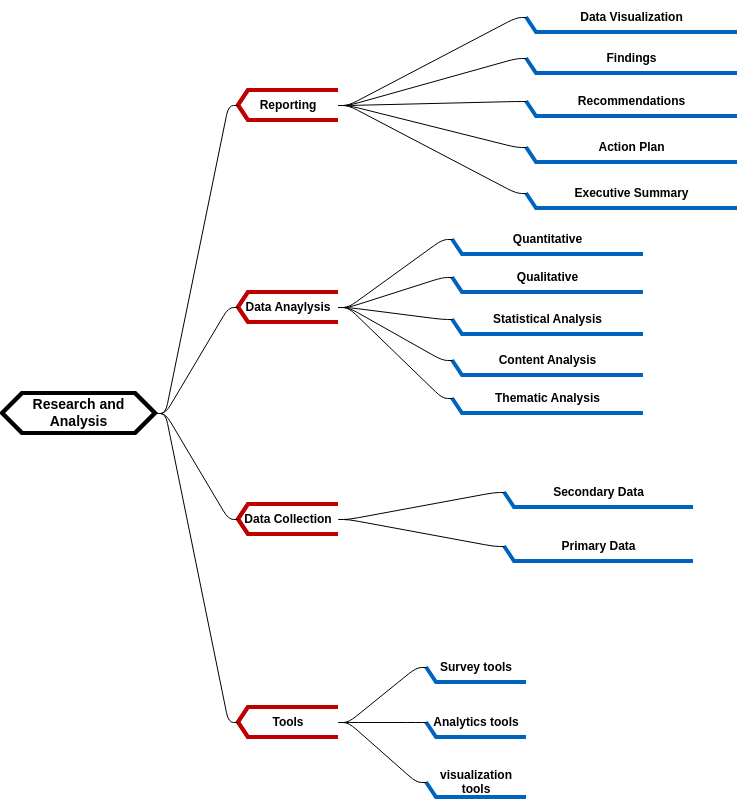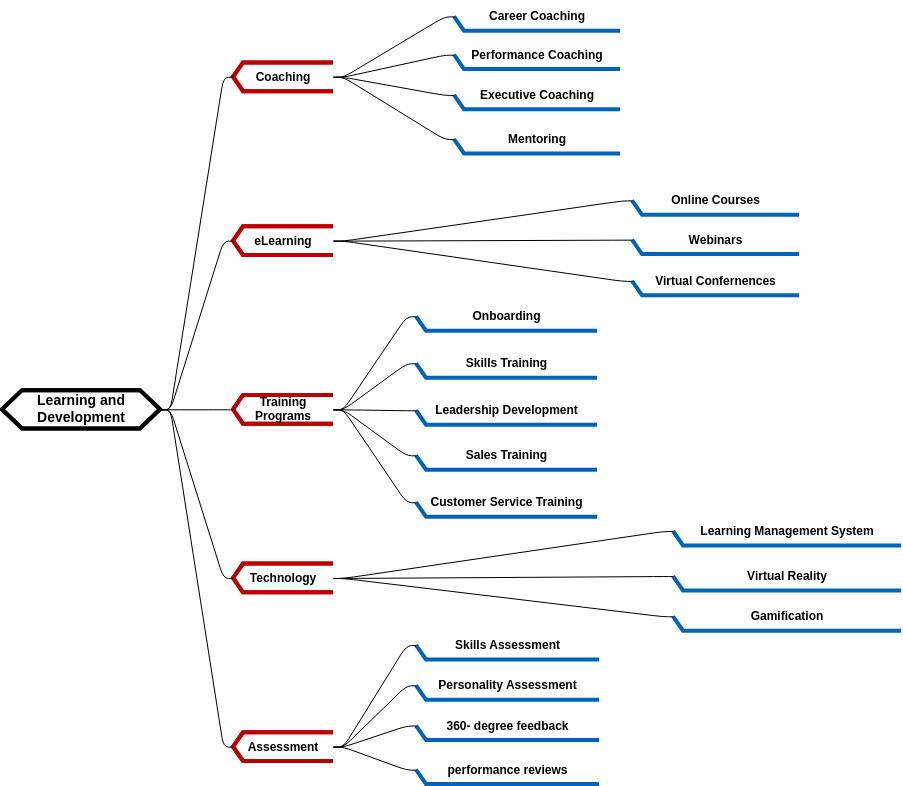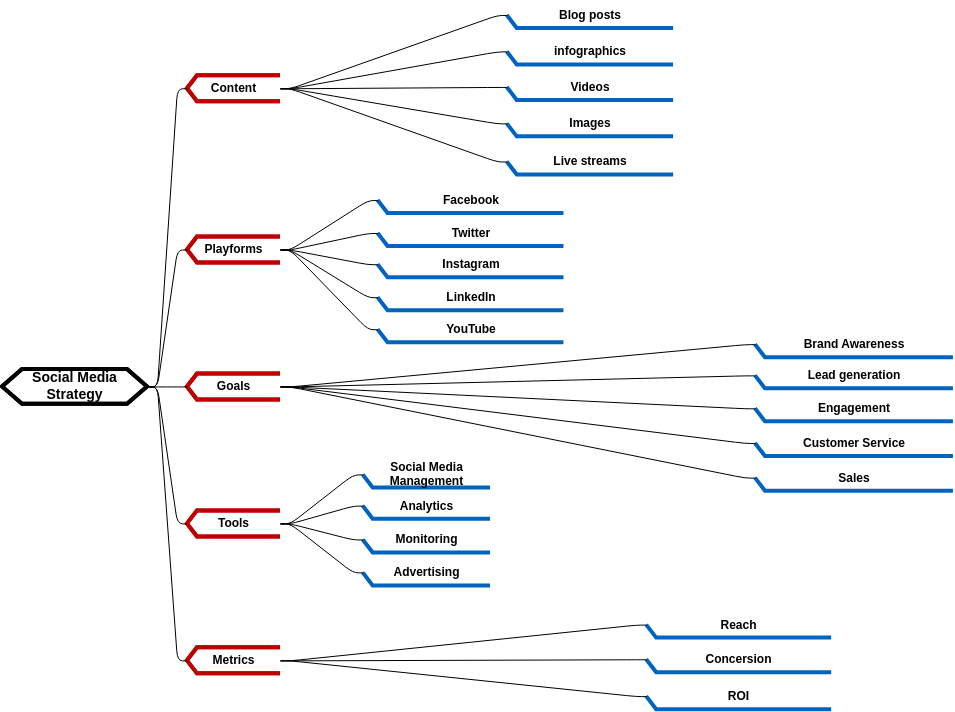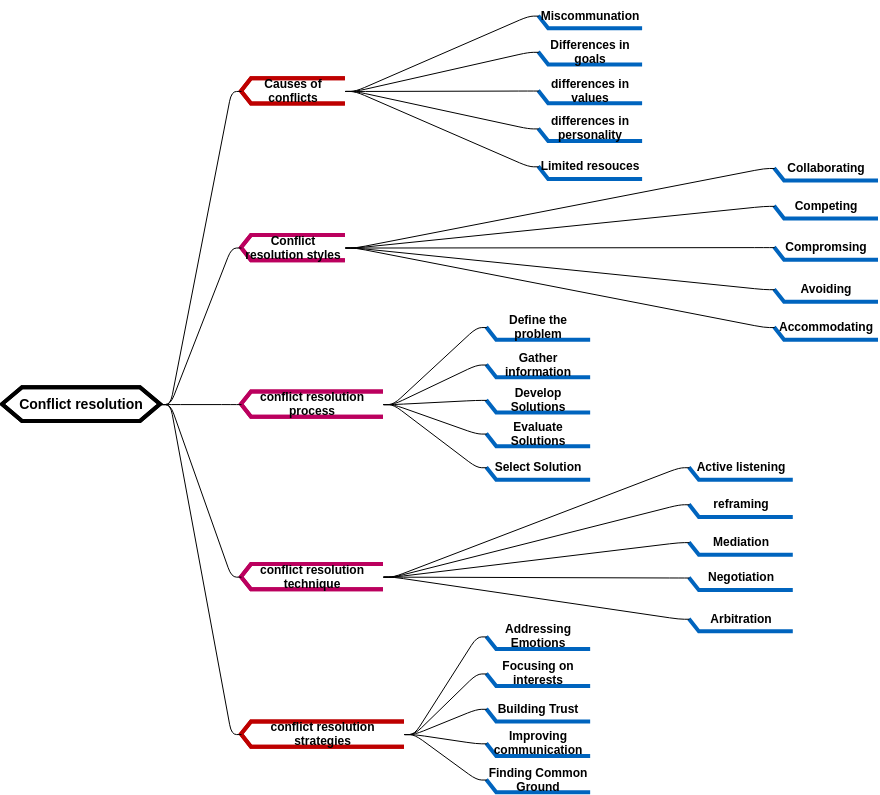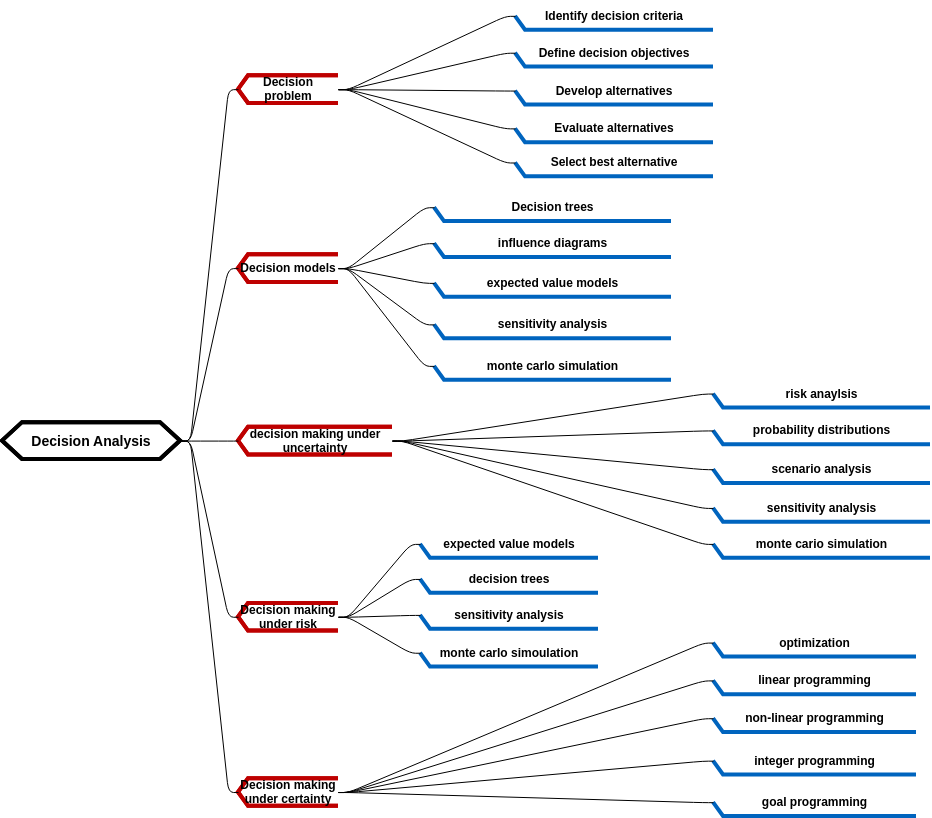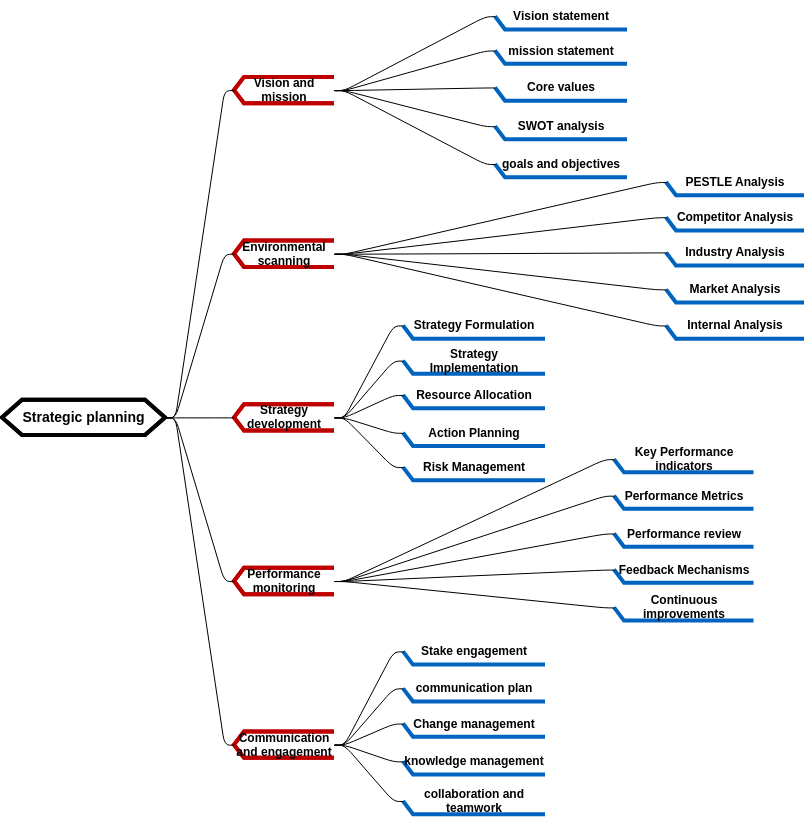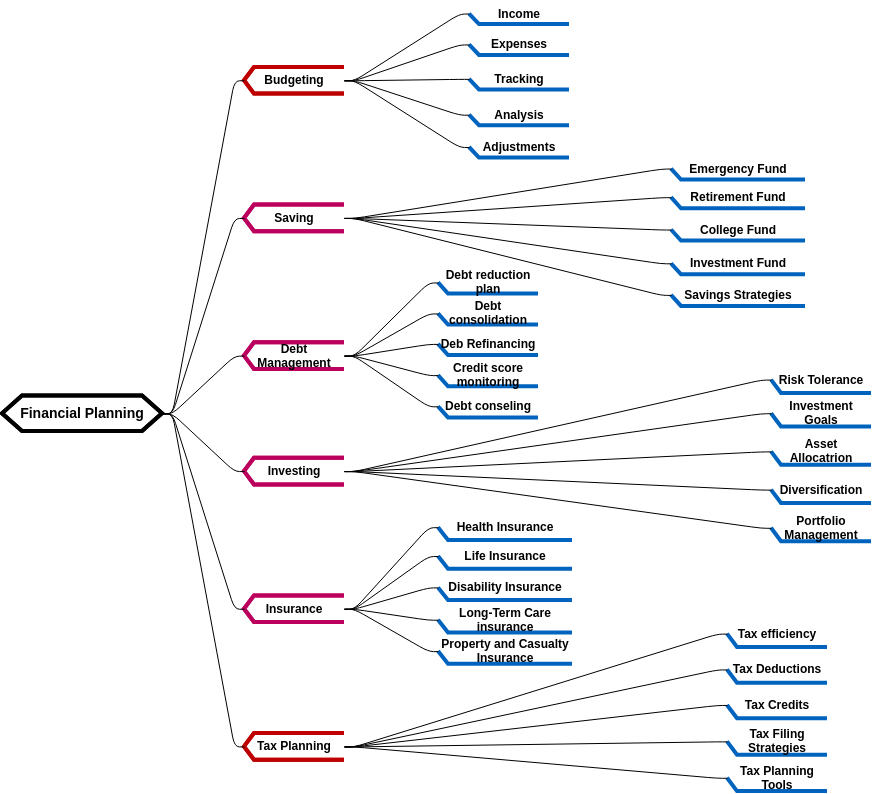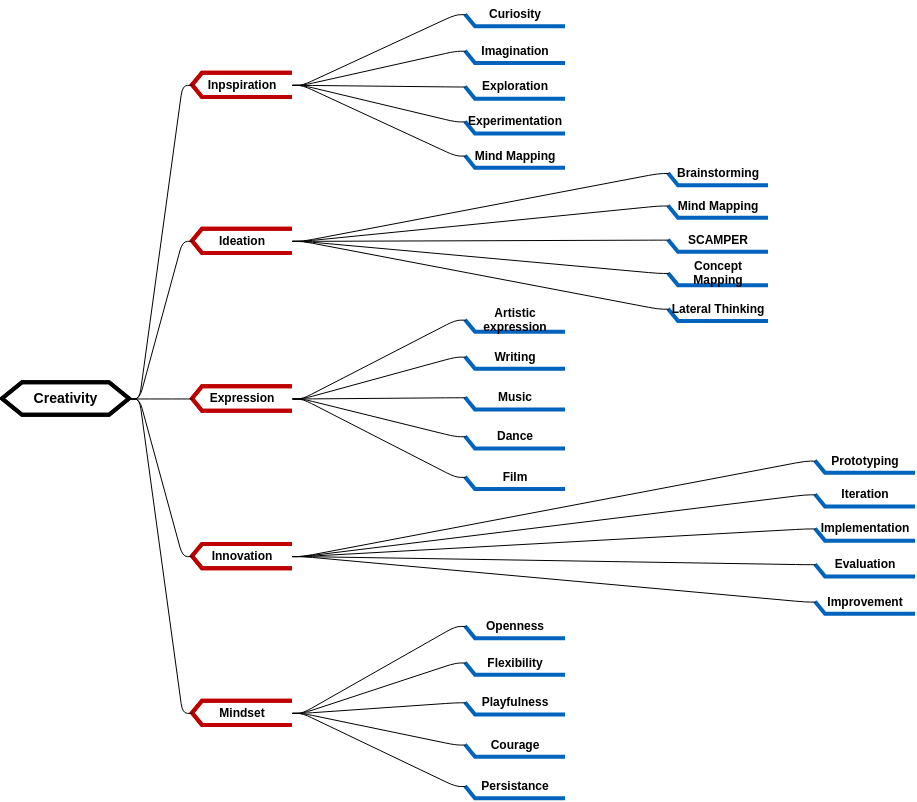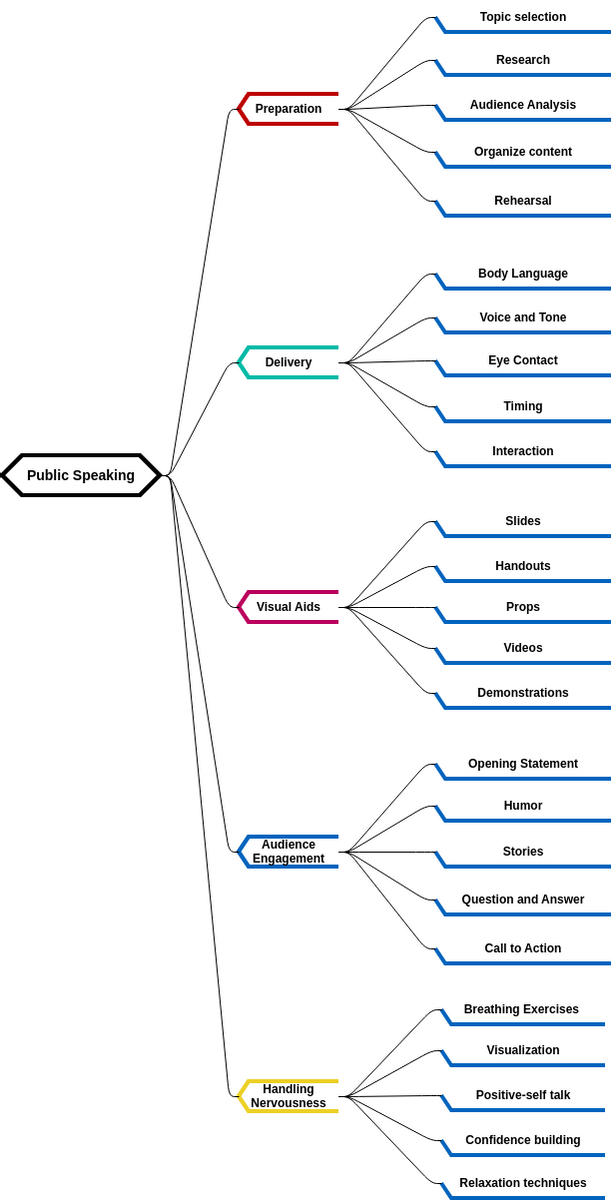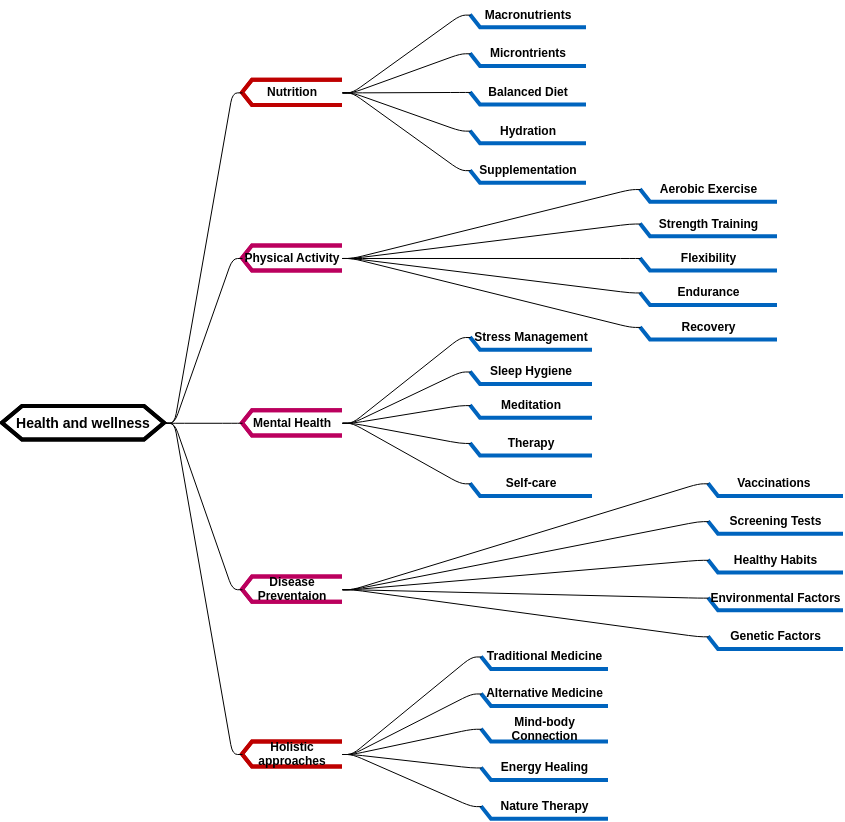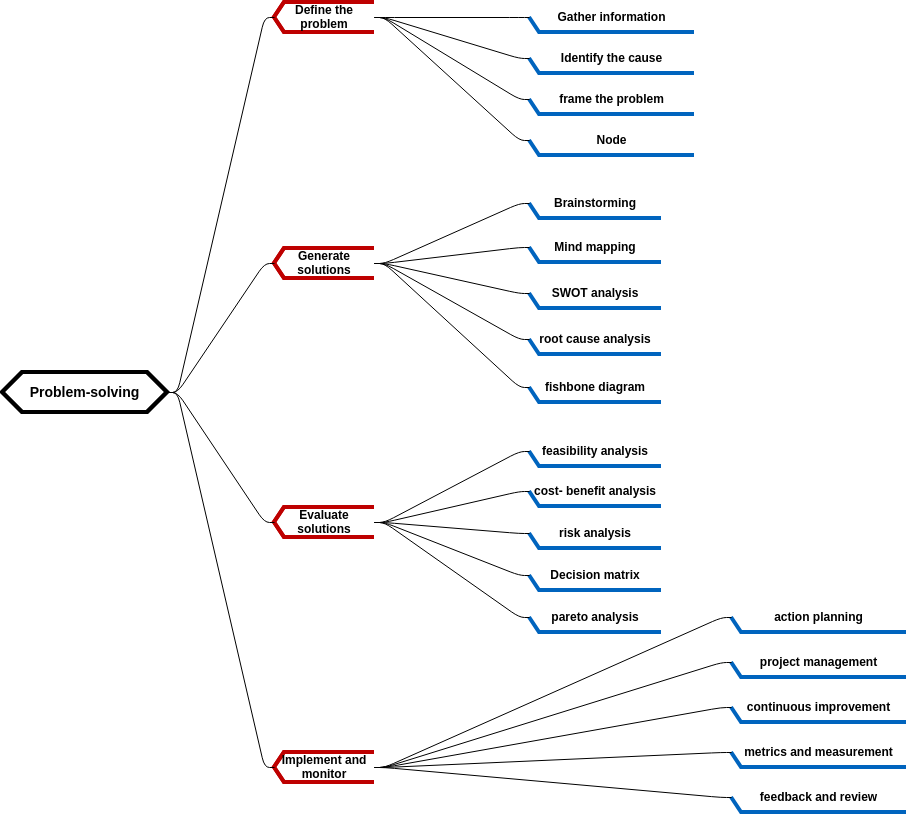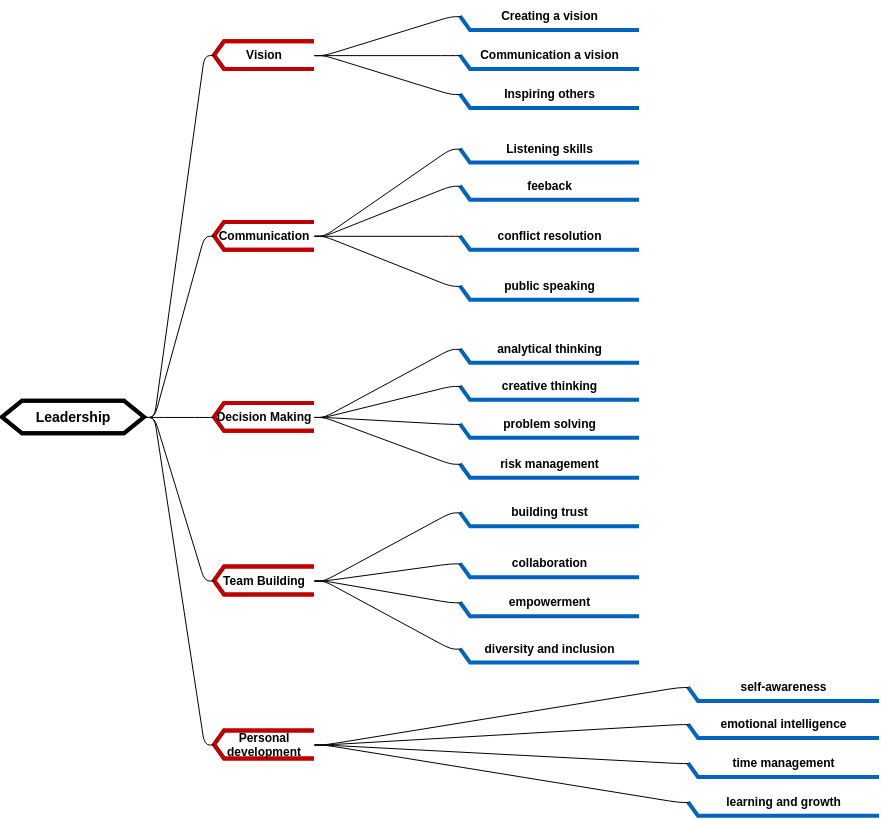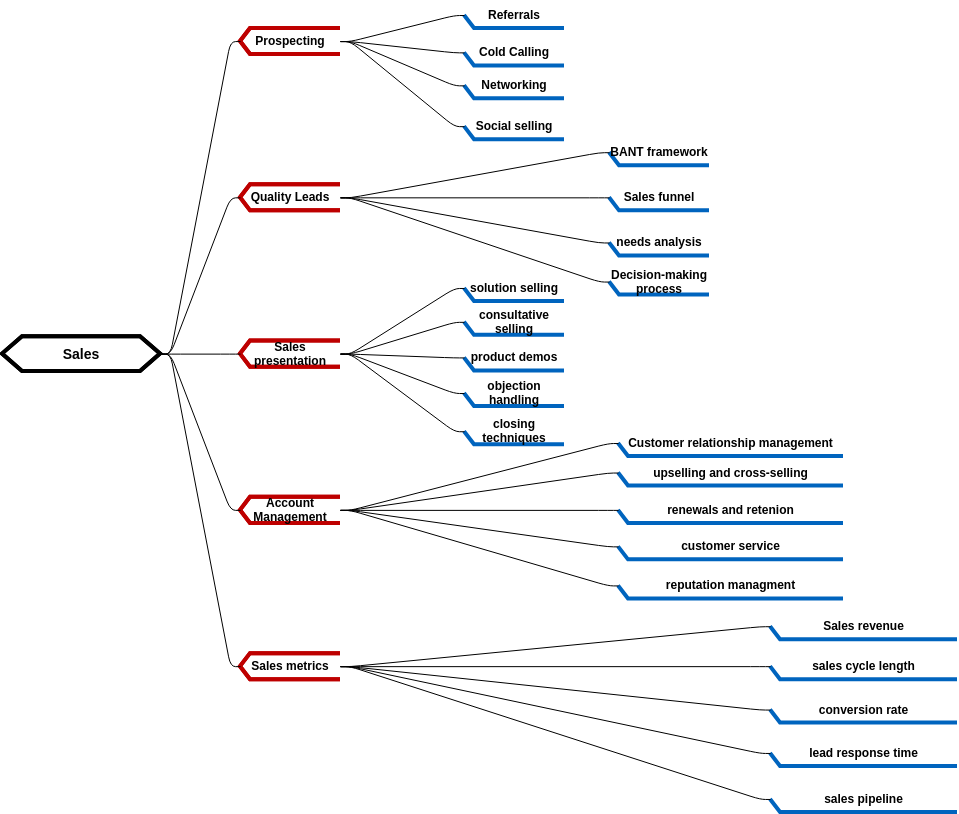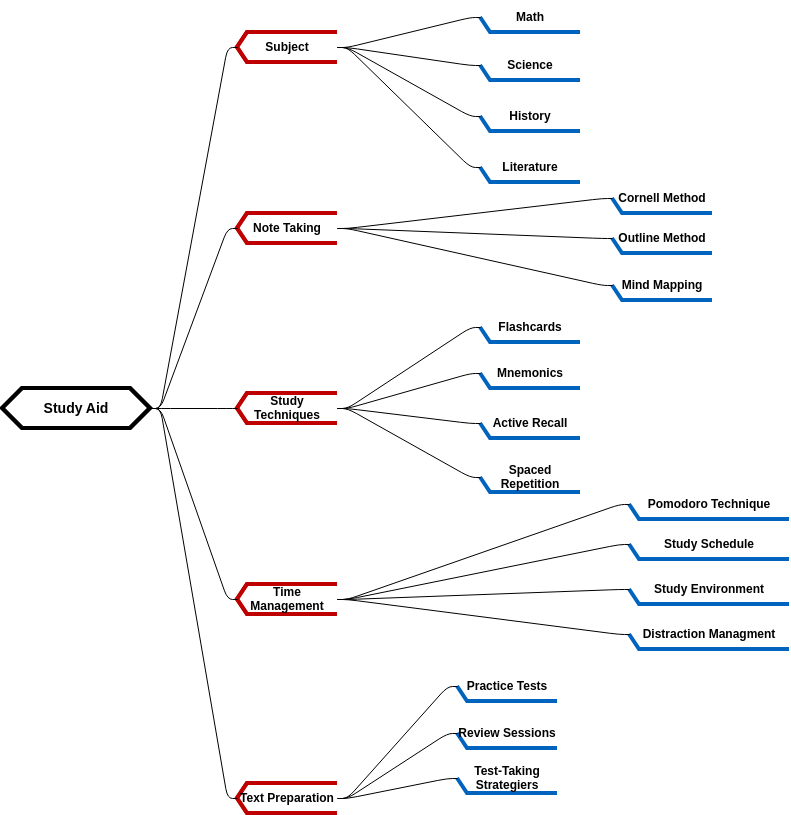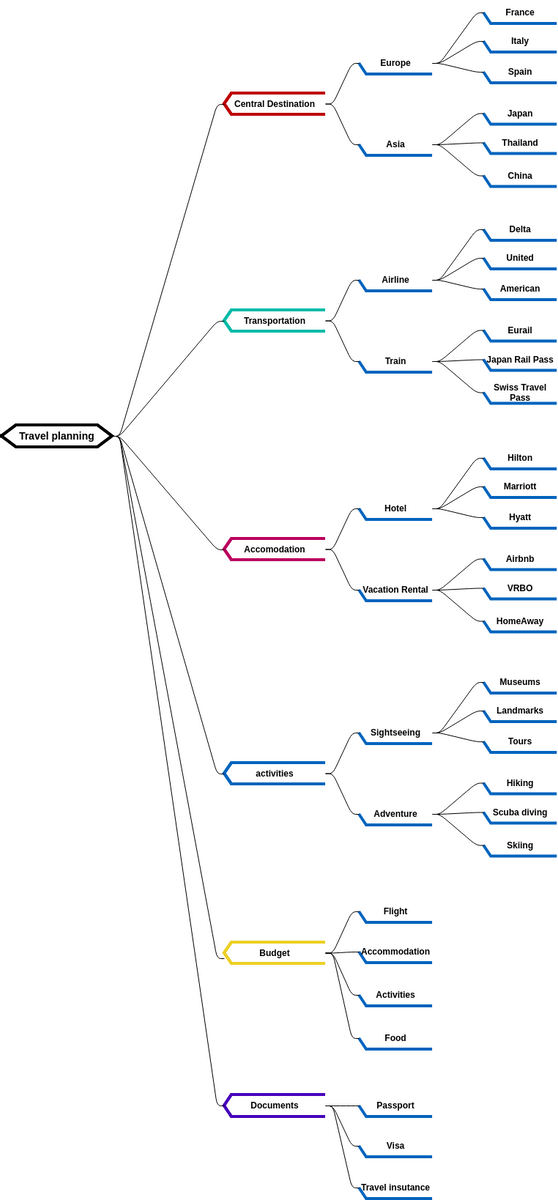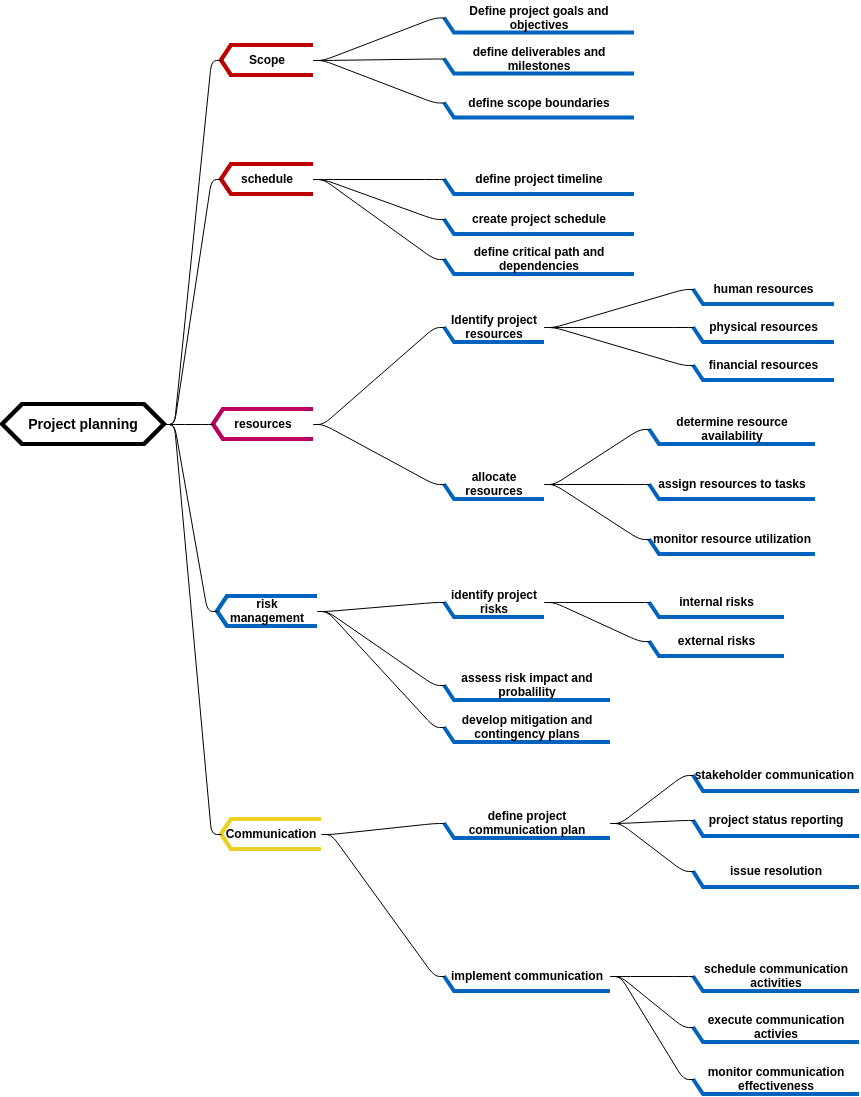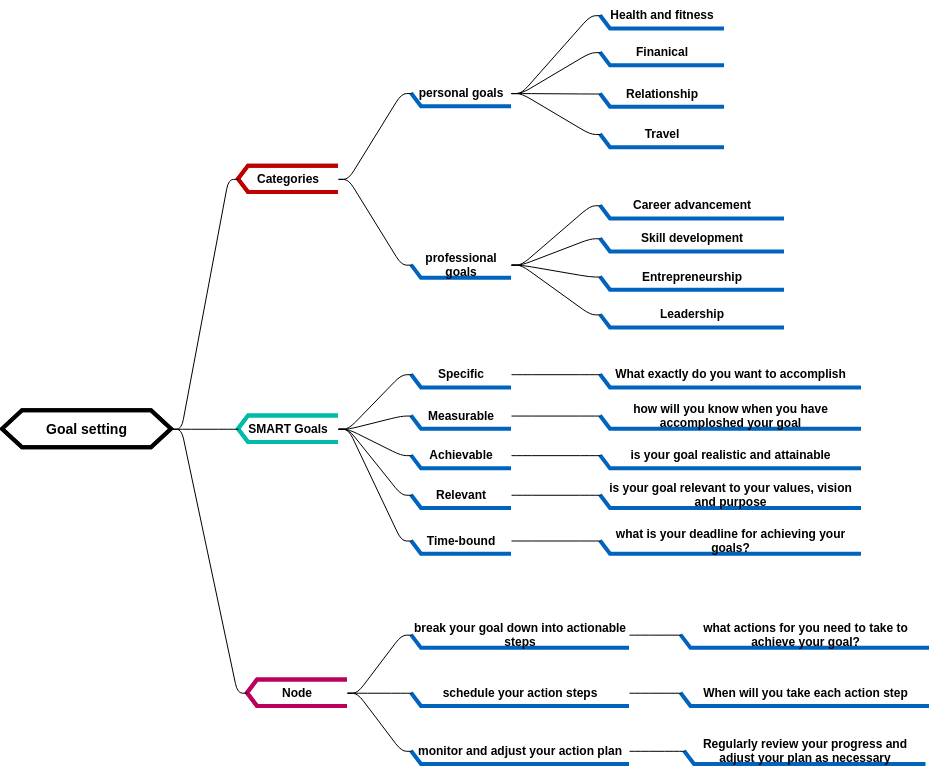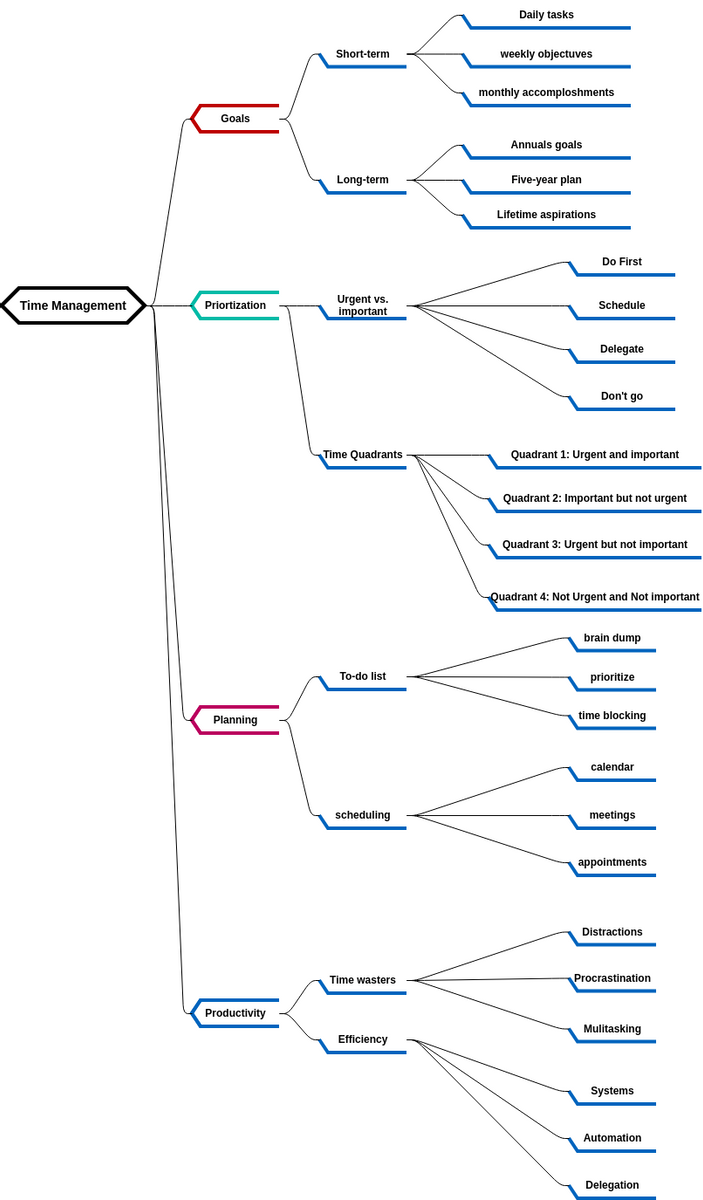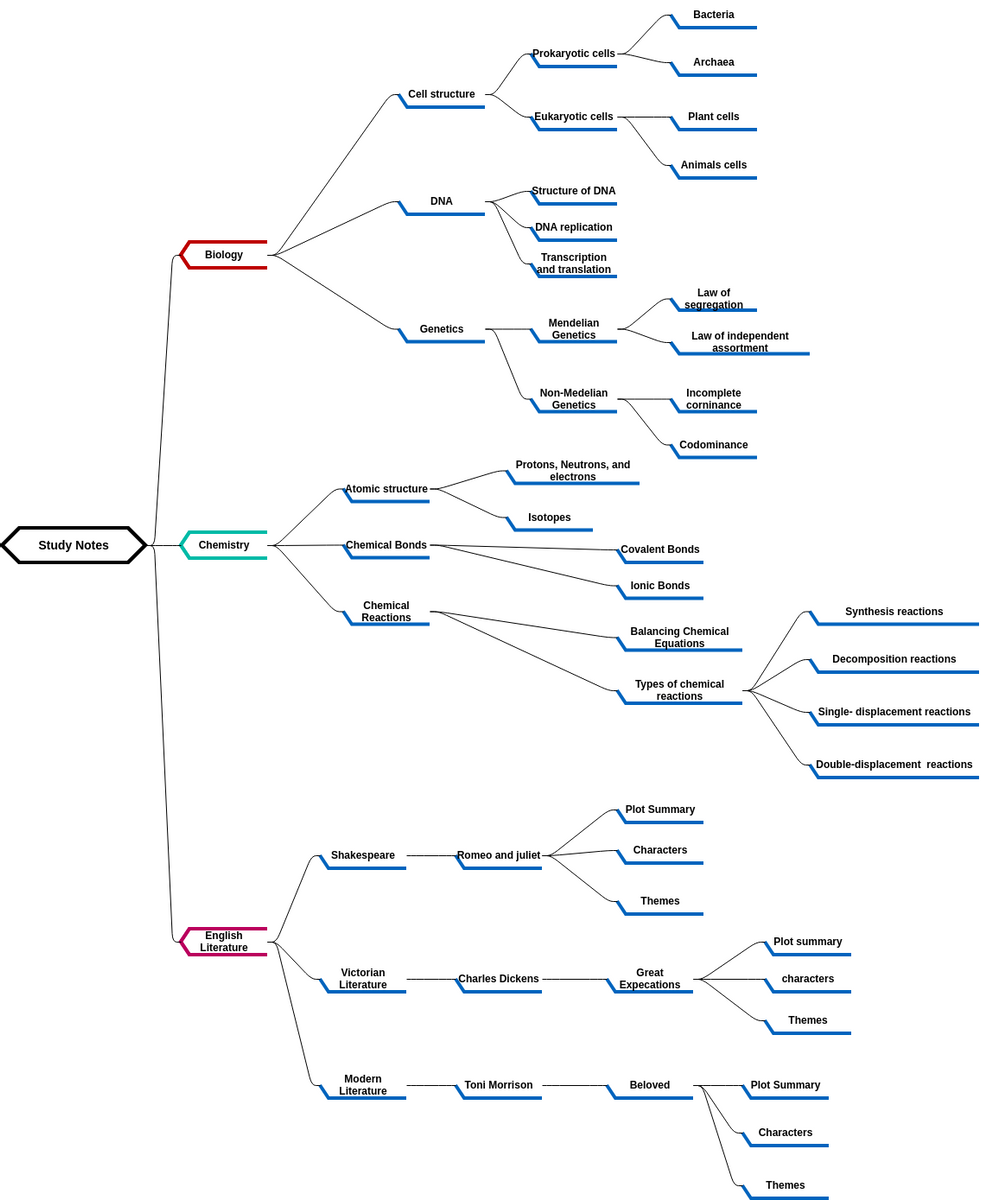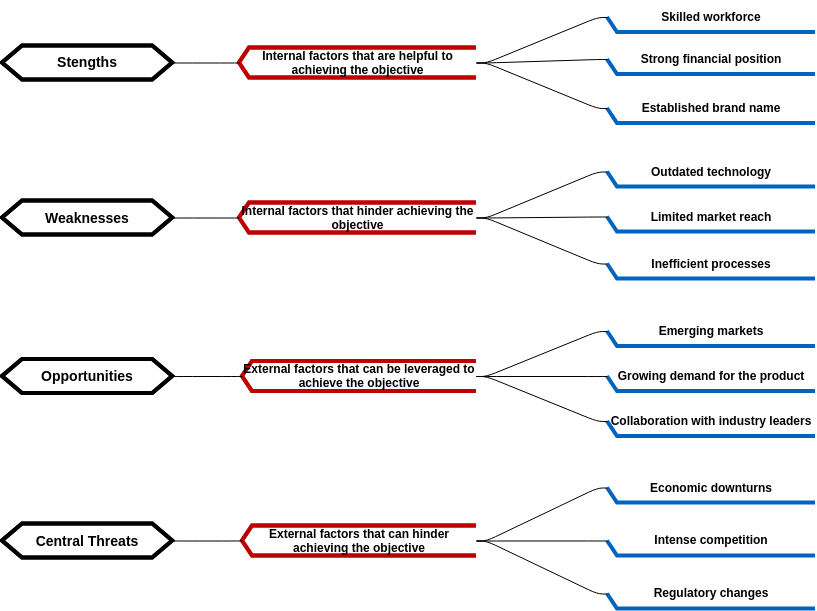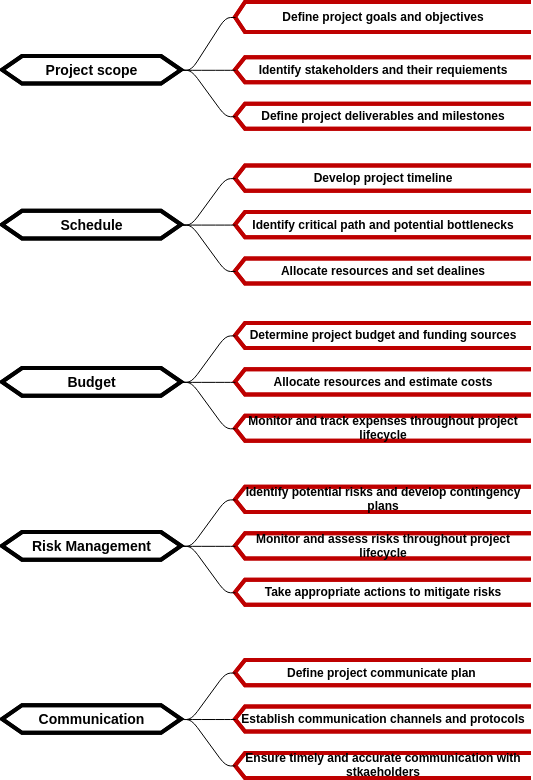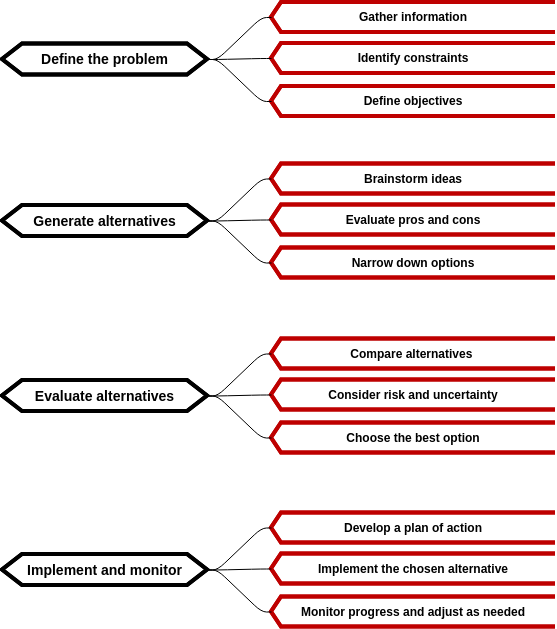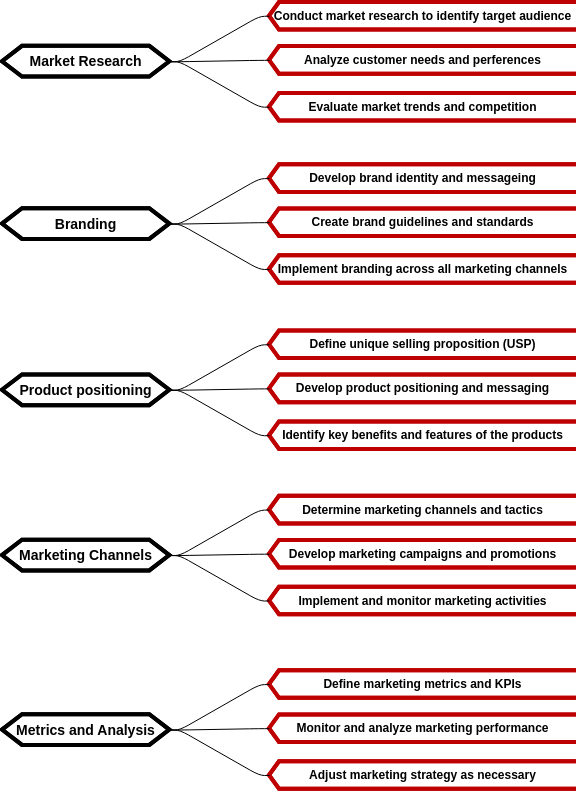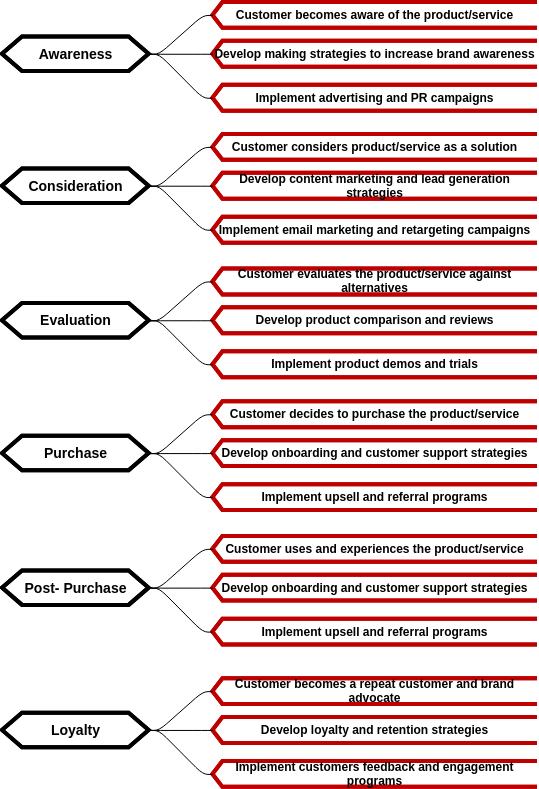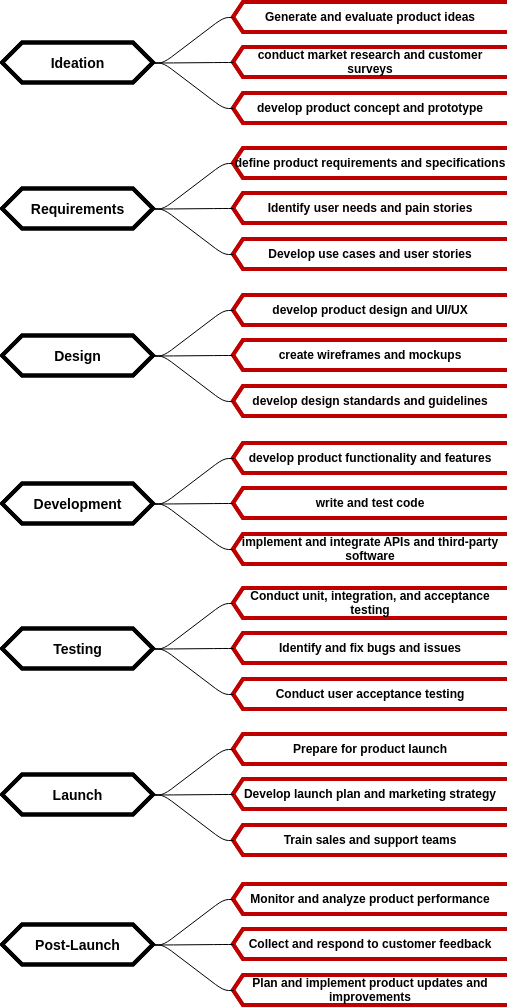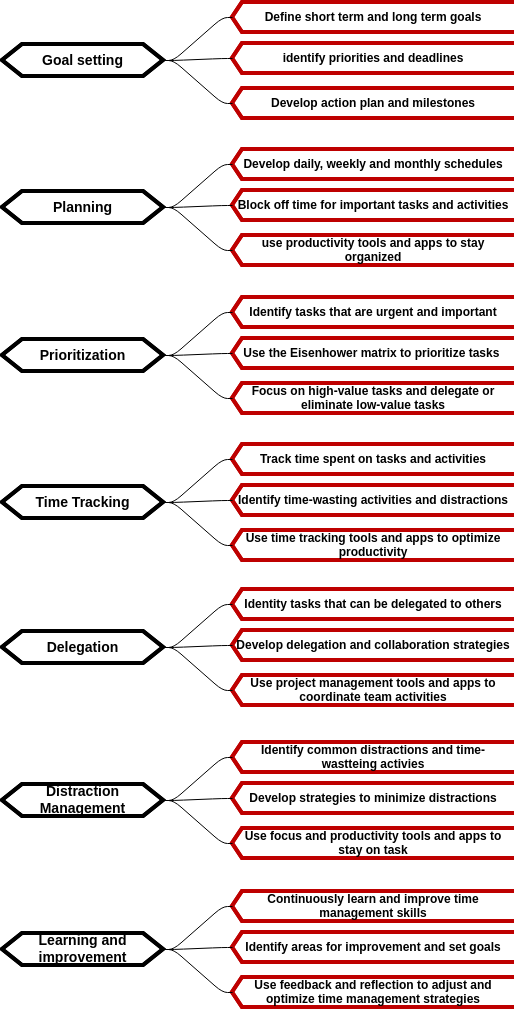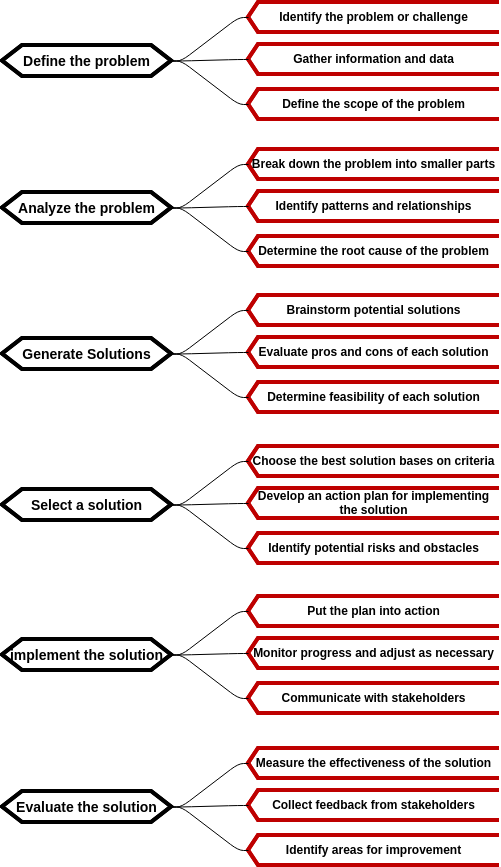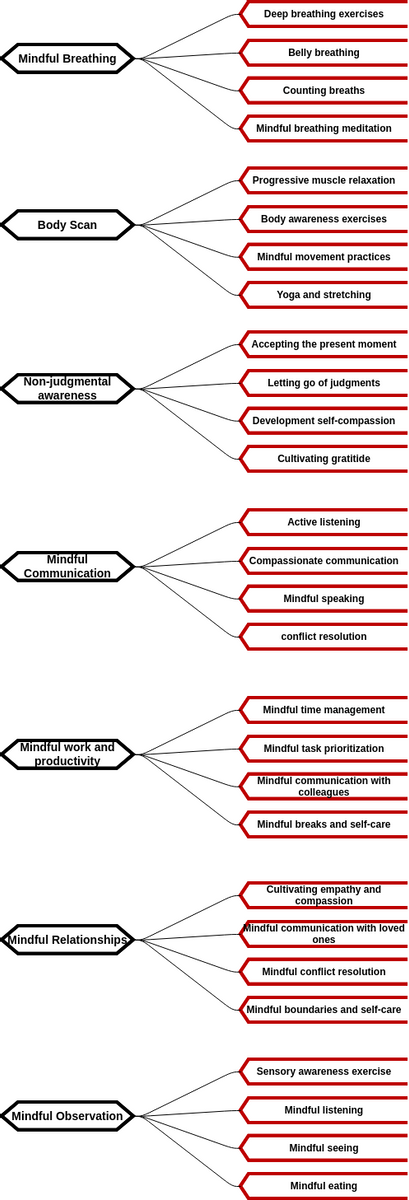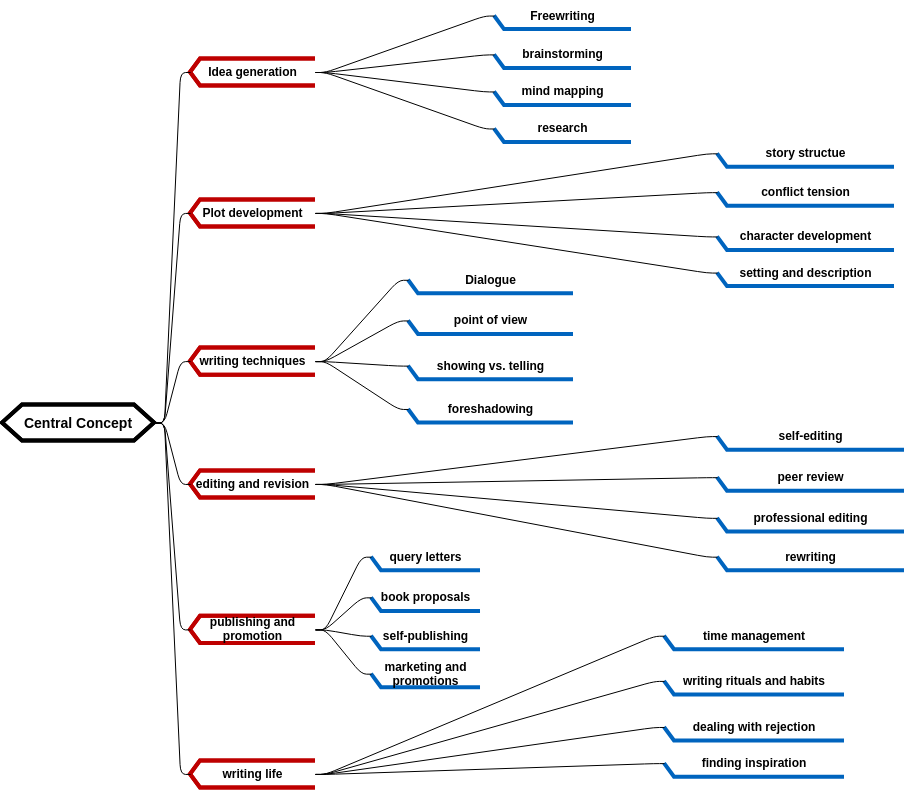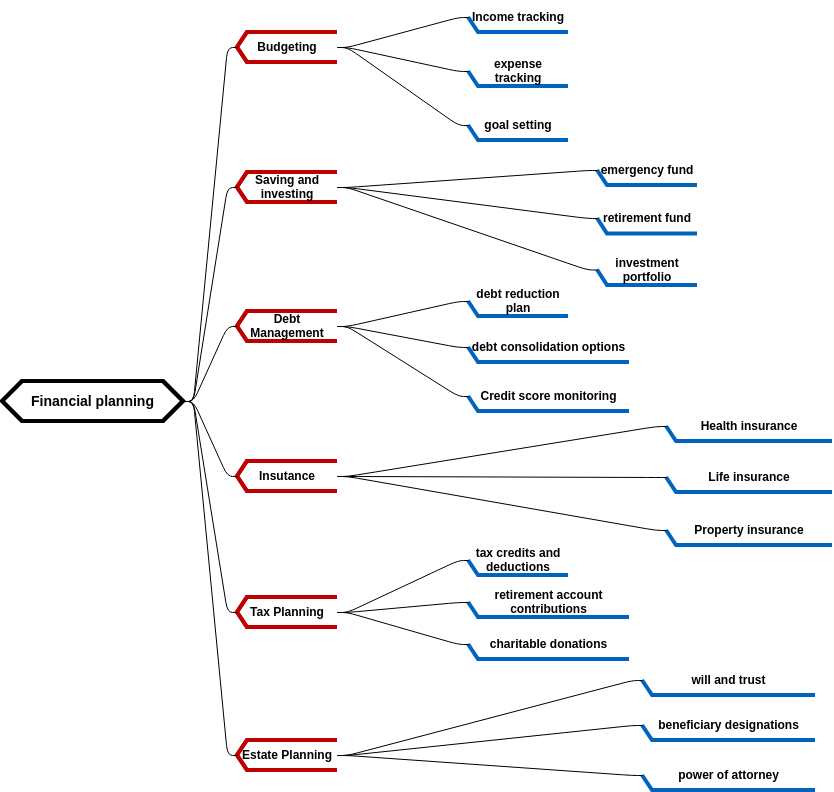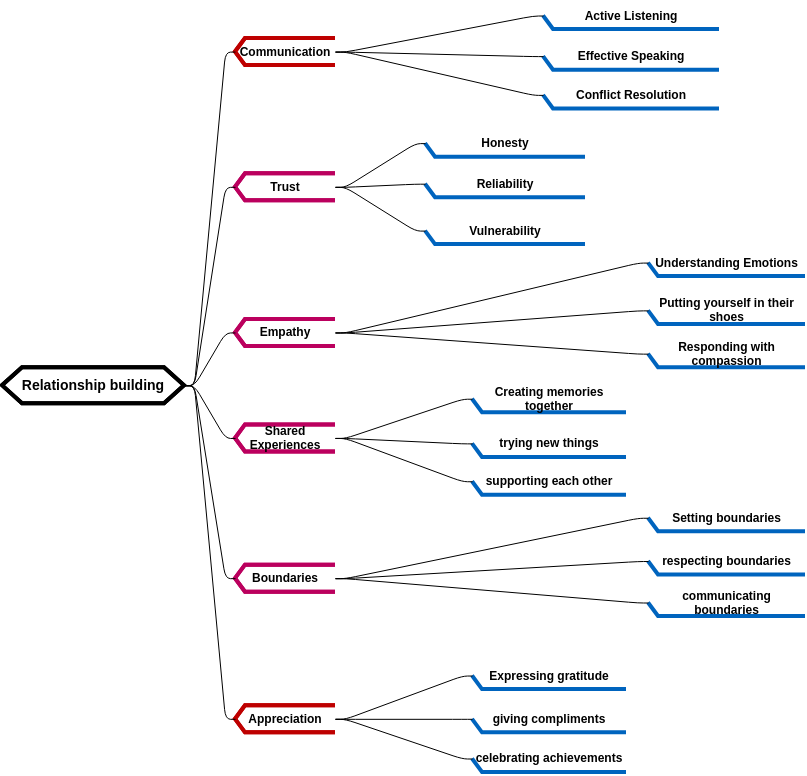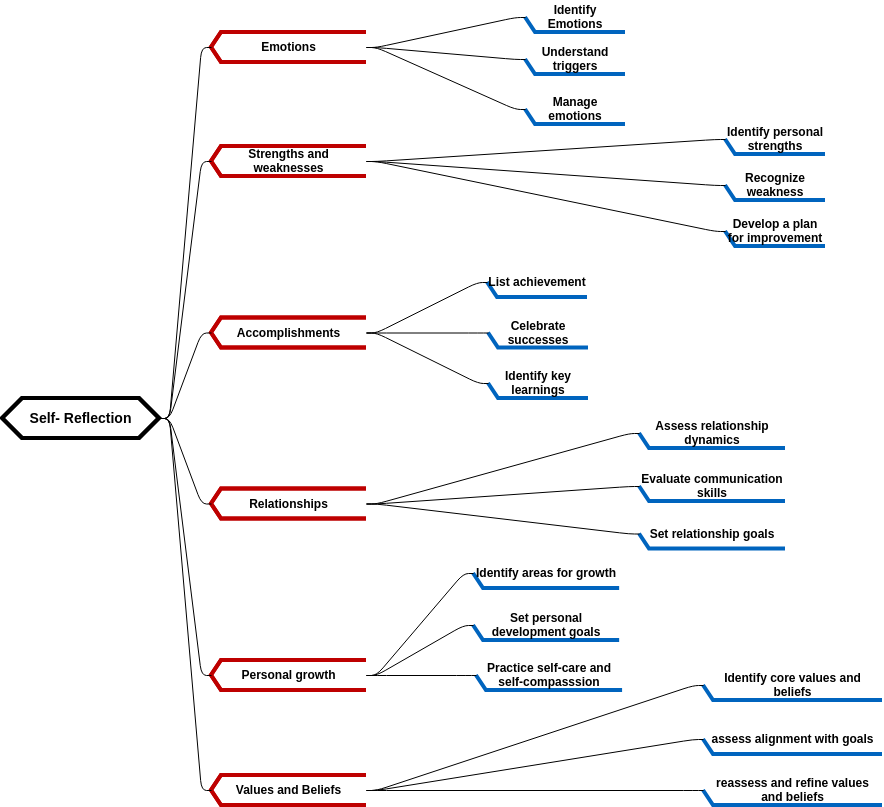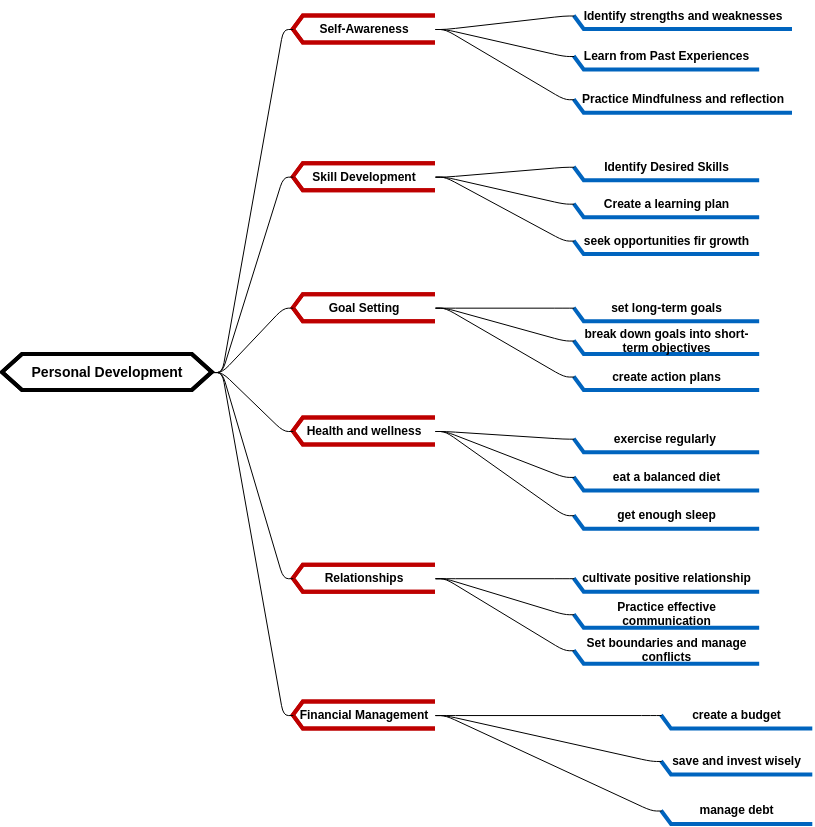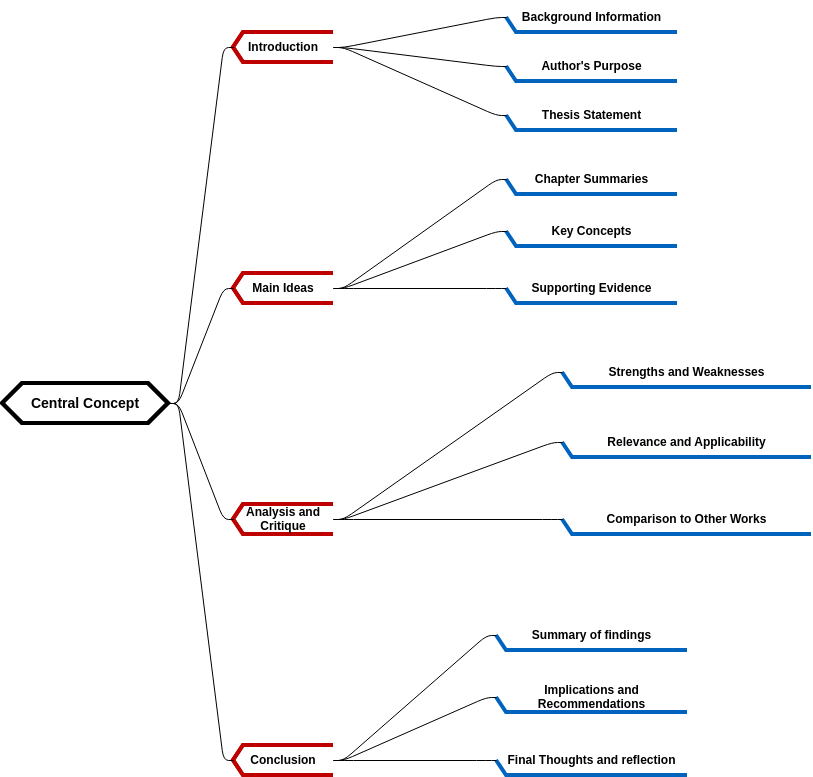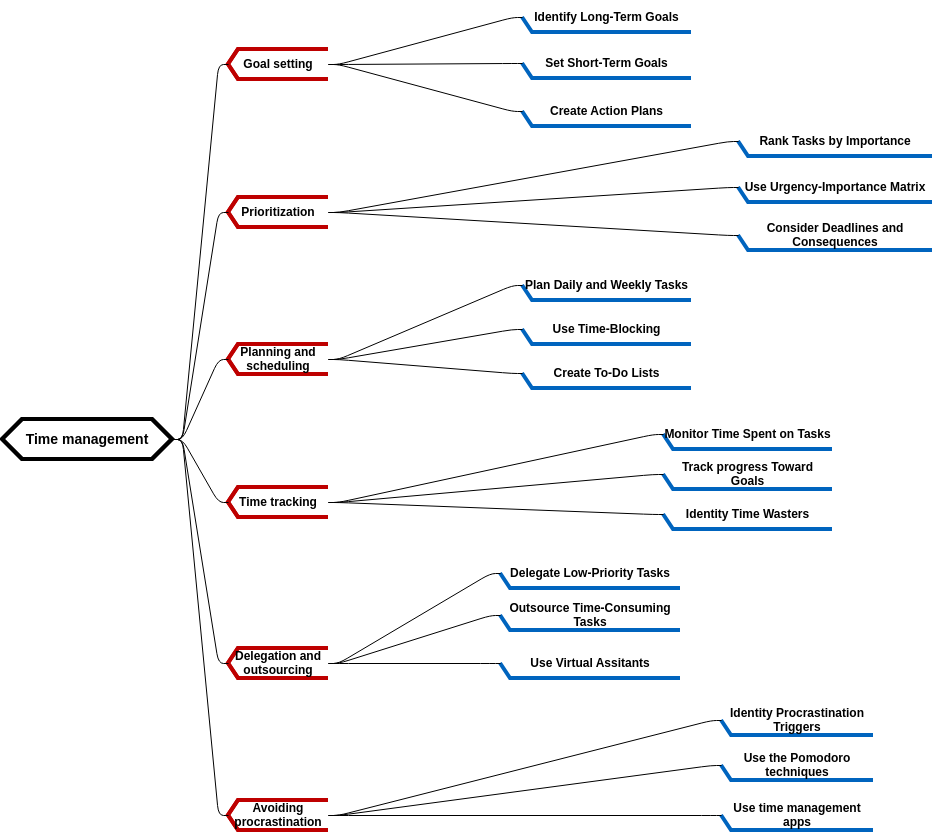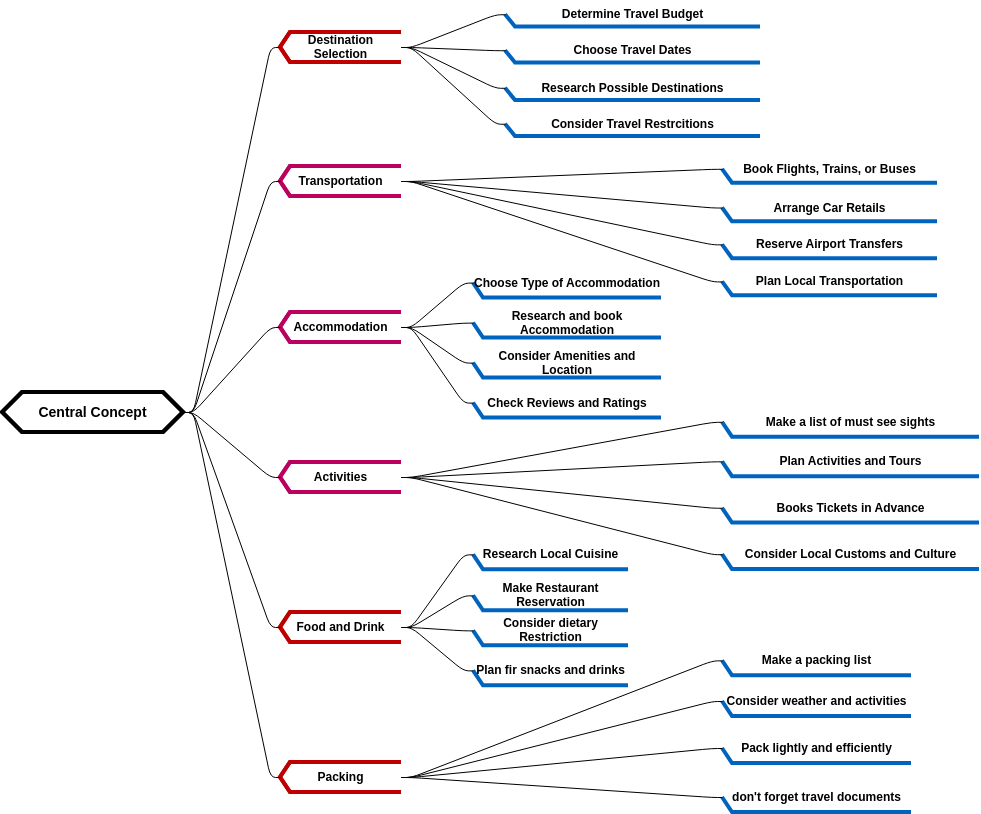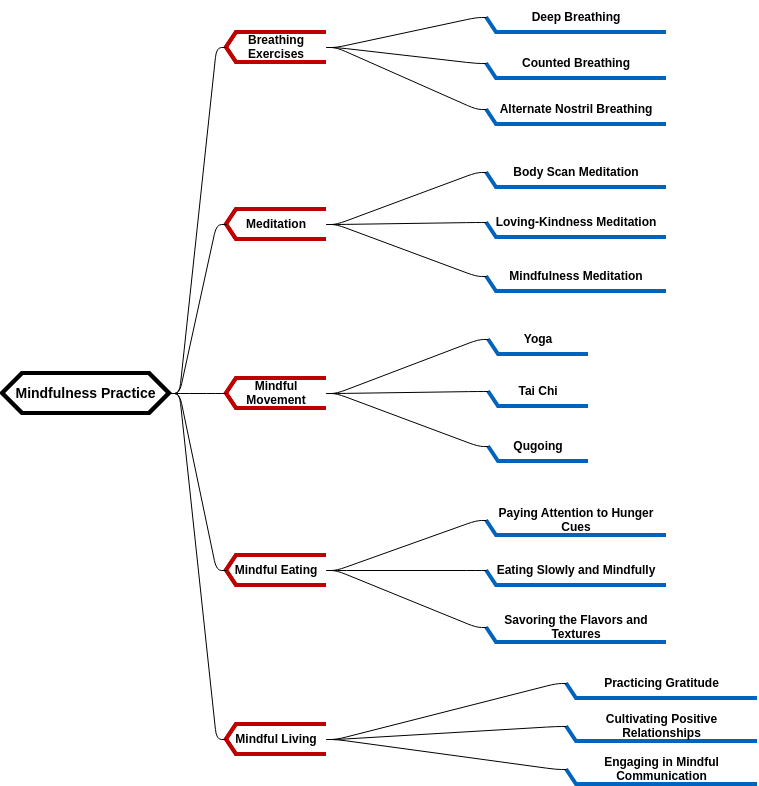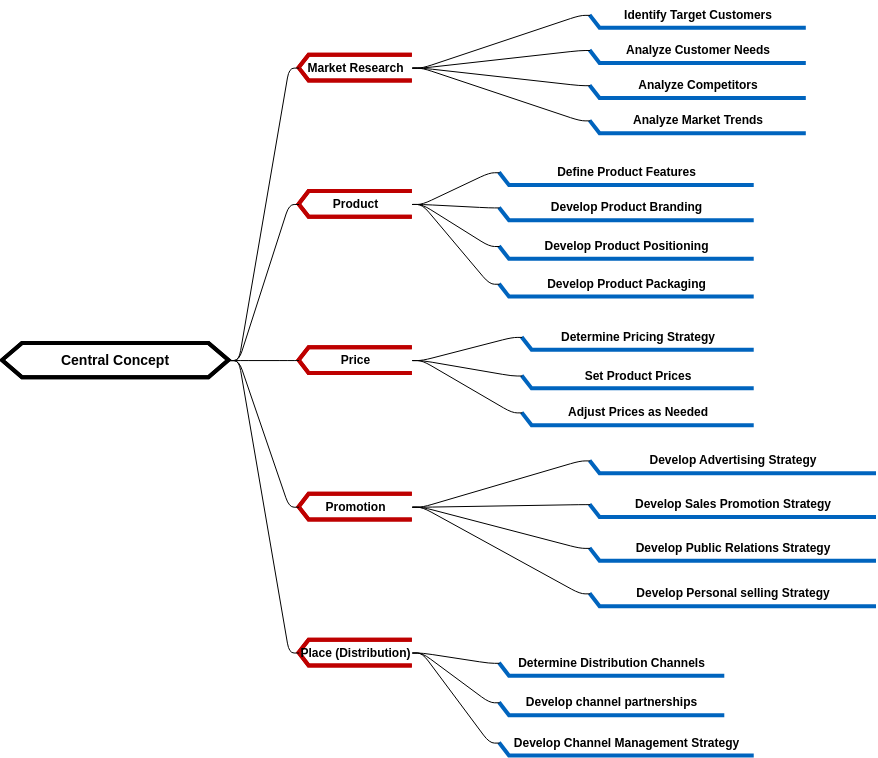The Mind Map for Risk Management provides a comprehensive overview of the various components involved in the risk management process. The Mind Map lists ten essential components of an effective risk management process, including risk identification, internal risks, risk analysis, probability, risk tolerance, risk mitigation, risk avoidance, risk acceptance, risk monitoring and control, risk communication, and risk review.
The Risk Identification component involves identifying potential risks to the organization, such as operational risks, financial risks, legal risks, and reputational risks. By identifying potential risks, the organization can develop strategies to mitigate or avoid them.
The Risk Analysis component involves analyzing potential risks to determine their probability of occurrence and potential impact on the organization. This analysis helps the organization to prioritize risks and develop appropriate risk management strategies.
The Risk Mitigation component involves developing and implementing strategies to reduce the likelihood or impact of potential risks. This may include actions such as implementing controls, developing contingency plans, or transferring risk through insurance.
The Risk Monitoring and Control component involves ongoing monitoring and management of risks to ensure that risk management strategies remain effective. This includes regular assessments of risk exposure, monitoring of risk controls, and adjustments to risk management strategies as needed.
Benefits of creating this mind map
Creating a mind map for risk management offers several benefits. Firstly, it provides a clear and concise overview of the risk management process and the essential components involved. The Mind Map helps to identify potential risks, prioritize risks, and develop appropriate risk management strategies. The Mind Map also helps to highlight the importance of ongoing monitoring and control of risks, which is critical for ensuring that risk management strategies remain effective.
Secondly, the Mind Map can be used as a communication tool between the risk management team and stakeholders. The Mind Map provides a common vocabulary for discussing the risk management process and the different components involved. Stakeholders can easily understand the process, the risks involved, and the strategies developed to manage them. Additionally, the Mind Map can help manage stakeholder expectations by setting realistic goals for the risk management process.
Are you in search of mind map templates? Head over to Visual Paradigm Online and choose from a range of designs that can be customized to suit your needs.

